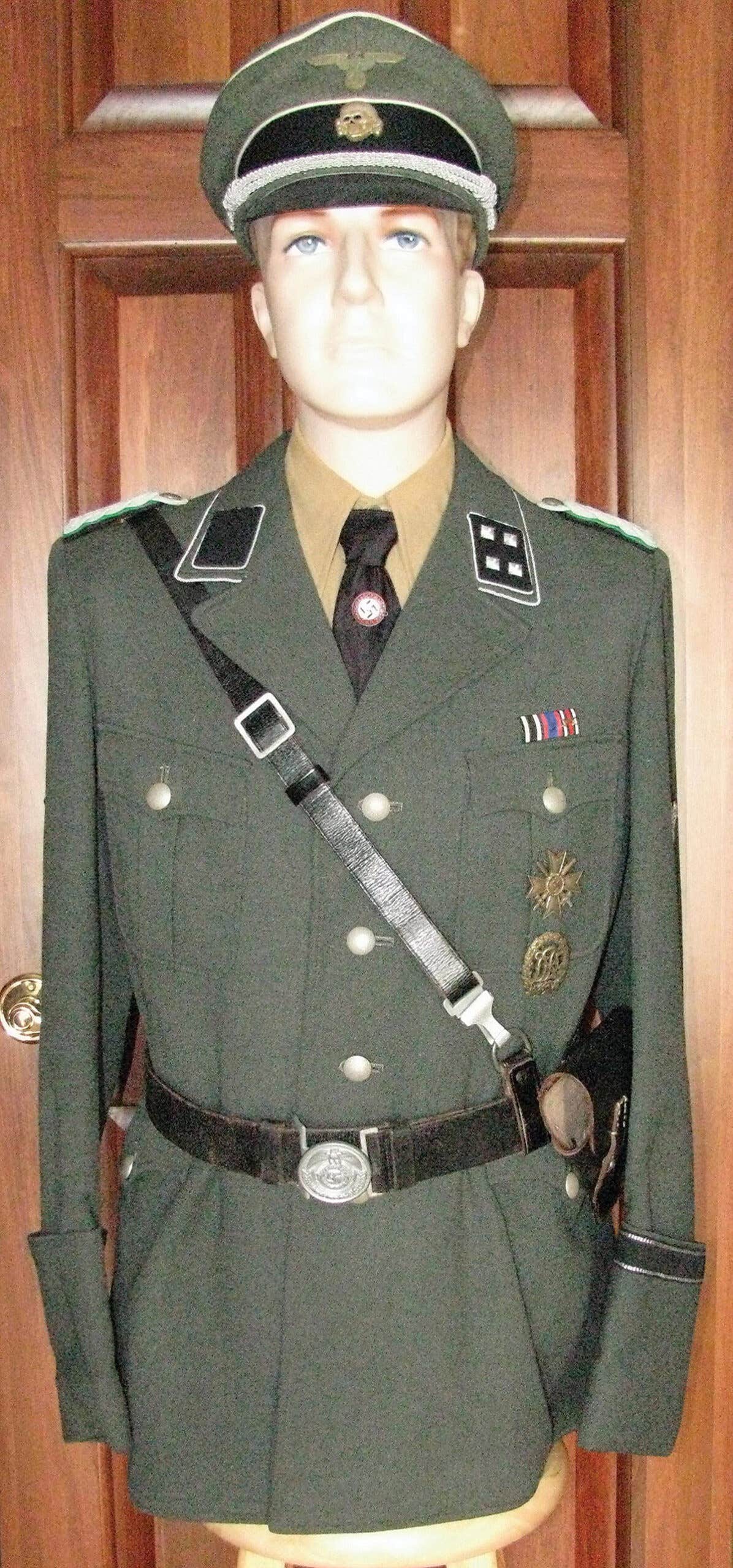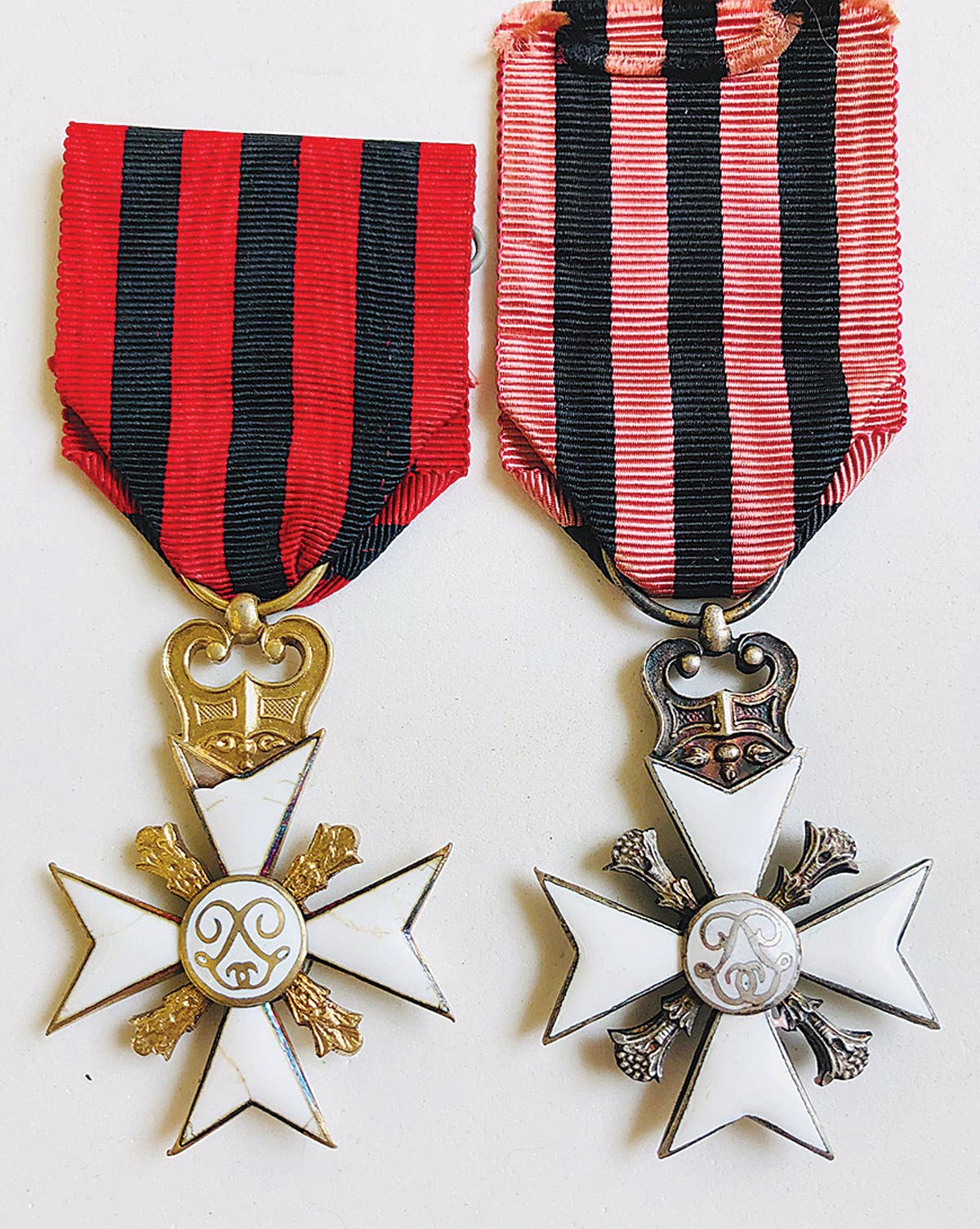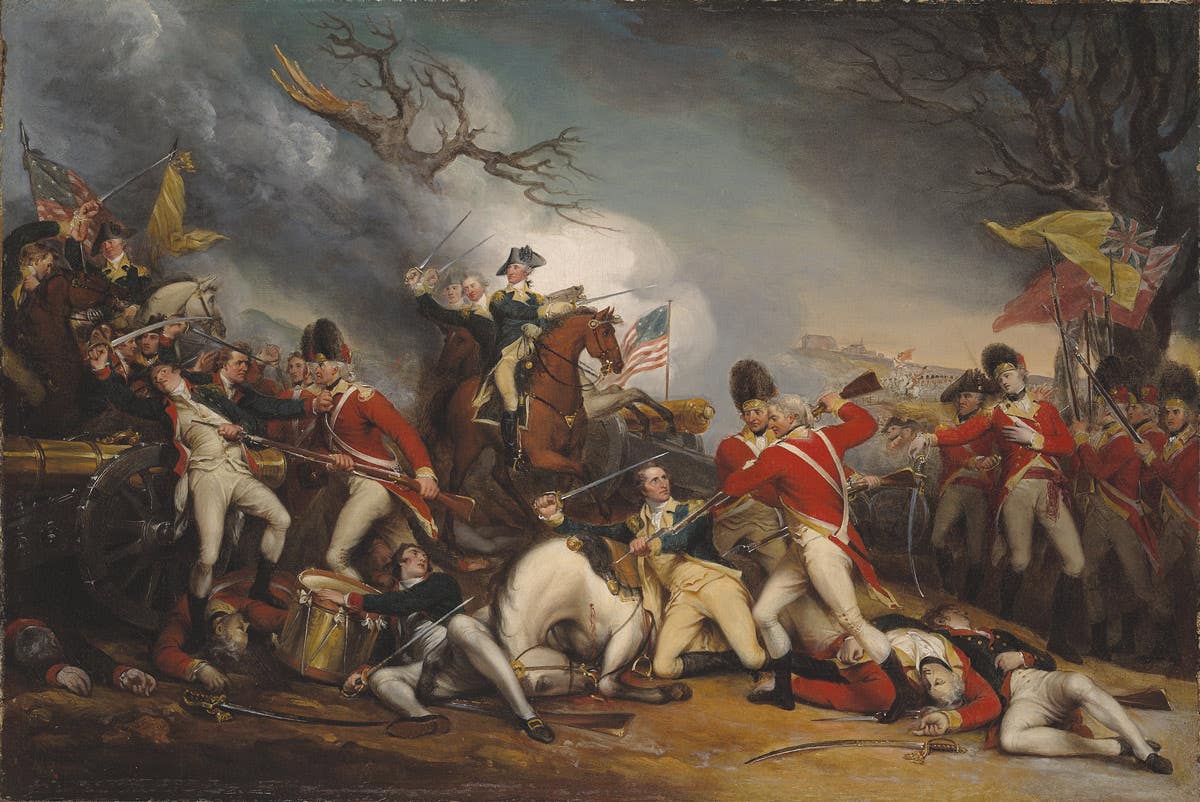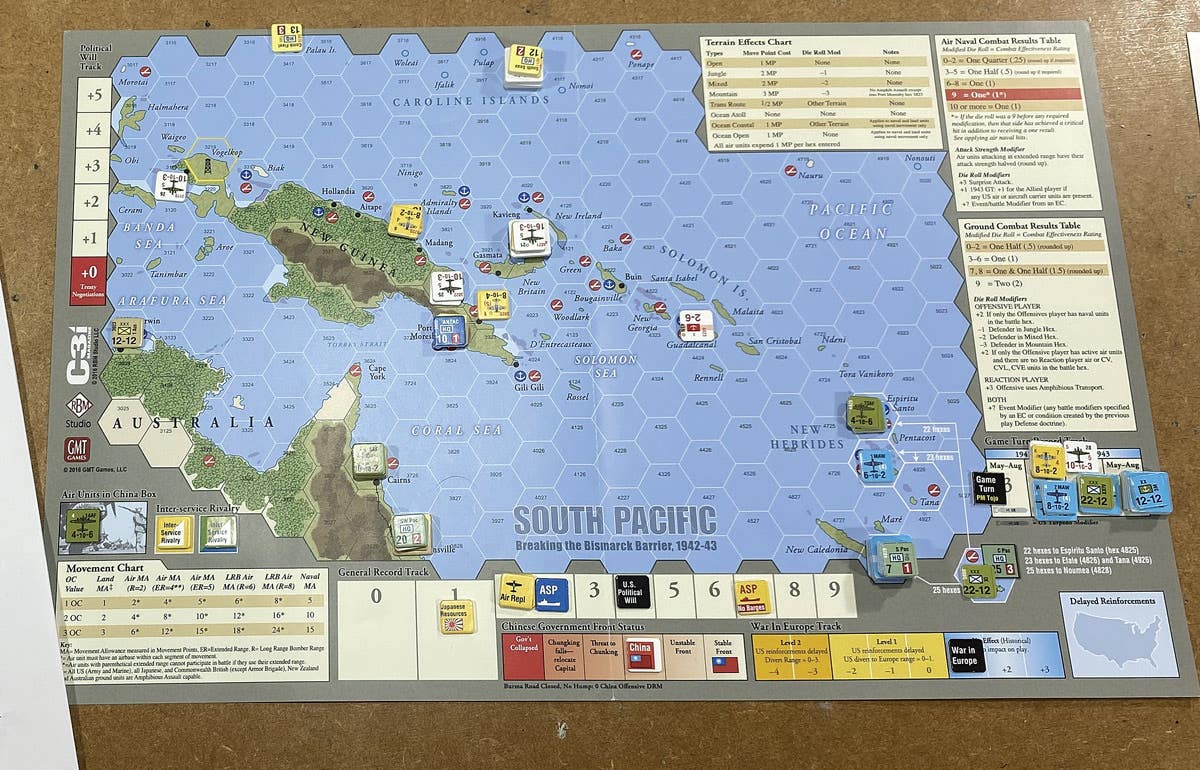Variety is abundant with Vietnam War collectibles
Sifting through the wide range of Vietnam War collectibles
Collectors of military memorabilia often focus on specific periods of history such as the Civil War, WWI, WWII and the Korean conflict. For new collectors and even long-time collectors, the Vietnam War period offers many opportunities to build extensive military collections. One of the reasons this is still possible is that over 6 million American Vietnam veterans still living in the United States often still have a variety of “bring back” items after serving in the Vietnam War, which lasted from 1955 until the fall of Saigon on April 30, 1975.
Being one of the largest conflicts of the Cold War era, the Vietnam War was officially fought between North and South Vietnam. Since the Soviet Union, China, and other communist states supported the North, the South was supported by the United States and other anti-communist Allies, resulting in a proxy war between the Soviet Union and the United States. Even this writer often focused on other areas of military collecting, but was made aware of the large potential of collecting a variety of Vietnam collectables after seeing the unique collection of a local friend and noted “picker” Walter Seal. Walter is well known in the Western Pennsylvania area for his amazing early American Indian collection based on over 50 years of collecting. What even I did not know, was that Seal had an equally large Vietnam collection of amazing and unique variety resulting from years of interaction with the many Vietnam veterans as a noted local “picker” who often had a large selection of items for sale or trade. Veterans would often approach Seal knowing his appreciation the kinds of items they kept.
One of the more unique items was that of a typical scarf called a Khan Ran which was donned by the Viet Cong soldiers to identify themselves with a traditional checkered black and white scarf before going into battle. It was considered a traditional scarf worn in the region of the Mekong Delta in Vietnam and used to identify groups fighting on the side of North Vietnam. Seal indicated that it was brought back at the end of a particular encounter with the Viet Cong.
The Seal collection also included a variety of Viet Cong battle flags captured from interactions with the enemy. Typically, the patriotic battle flag of the Viet Cong is red above light blue with a yellow five–pointed star in the center, often of three-piece cotton construction. Most of the Viet Cong flags were similar varying in size and most were hand made.
One example in the Seal collection was particularly striking with the inscription above the star reading “National Front for Liberation of South Vietnam” with a loose translation “Battle of the Gesture 1968” below. Seal indicated it was received from a Vietnam helicopter pilot who spotted it near a landing zone in a village. Leaving the helicopter to retrieve it, he was wounded in the process, but fortunately did make it back to the helicopter.
Many variations of captured Viet Cong flags can be found from Vietnam veterans, who can help establish their provenance. Collectors should also be aware it was noted in a recent internet posting that a five-man Mobile Advisory Team (MAT) in South Vietnam supporting local forces didn’t get much combat support and being at the end of the ARVN supply lines resorted to trading with American units. The MAT team sergeants helped fill gaps by having Viet Cong battle flags made complete with bullet holes and blood. These were often sewn by women in the villages, sprinkled with chicken blood and shot at by local soldiers. So collectors should be aware, if possible, of the history of the flag especially from a returning veteran as an authentic captured flag. The Seal collection also includes a pair of red pendants associated with the 52nd & 53rd South Vietnam Artillery units, received from a Lt. Colonel who served in Vietnam between 1968-70.
Seal’s collection also includes cap, notably Viet Cong Army field caps with variations in the insignia with very early examples simply seen as a red star. By 1959 the cap badge was seen as a star with sun burst behind it, a cog wheel at the bottom and rice stalks surrounding the star. While variations exist, most caps were olive-colored green both for boogie hats as well as field caps.
The most surprising aspect of the Seal collection was the sheer variety of unique Vietnam items, such a one-of-a-kind United States flag signed by General William Westmoreland and Colonel David Hackworth. What makes the flag especially rare is that Colonel Hackworth was a major critic of General Westmoreland, especially in terms of tactics employed in the war. Hackworth believed that the war could never be won through firepower without winning the hearts and minds of the people. Westmoreland was not fond of Hackworth’s open criticism. The collector who sold Seal the item surmised that Hackworth signed the flag after Westmoreland autographed it due to Westmoreland’s dislike of Hackworth. The collection also contained a unique officer’s cap badge presented by Westmoreland to the base commander in Saigon.
Even after the war ended, Marvel Comics published a war comic book series starting in December of 1986 detailing the war in Vietnam from the perspective of an active duty soldier. The series, named the “NAM” ran for seven years and was intended to roughly parallel the period of American involvement in Vietnam from 1965 to 1973. Extremely popular, the fictional narrative detailed real events, showing not only battle stories but even the experiences of soldiers on leave bearing the personal burden of animosity from civilians opposed to the war. The series resulted in 84 colorful issues.
Closely related to the NAM series are sets of unopened “Vietnam War” fact cards made by Dart Flipcards Inc. based in Quebec. Each package contained six cards/set and ultimately resulted in 66 cards starting in 1988.
The Seal collection also includes items like an impressive pressed metal and enamel sign in black and white, indicating the time line of the Vietnam War and the large sacrifice made by those who served in this period.
Hanging on the walls of Seals display area are more than 30 different berets worn by various forces in Vietnam. In the 1960s all soldiers assigned to Special Forces groups wore green berets, but the Seal collection exhibited a variety of colors associated with a variety of U.S. Army and U.S. Air Forces units. In addition to the green berets of the Special Forces, the U.S. Army used black, U.S. Army Rangers wore Kahaki “tan” and U.S. Army airborne wore maroon berets. The U.S. Army Security Force Assistance Brigade used a brown beret. The U.S. Air Forces Security Forces used a dark blue beret with additional Air Force units such as Special Reconnaissance airman wore “pewter grey” and the Air Force Pararescueman wore maroon.
The Walter Seal collection exhibited a large variety of berets with various unit flashes. Seal indicated that the most desirable berets for the collector are those with the unit insignia not only in the form of a flash, but those with the unit insignia found in the lining of the beret. While all these examples have been collected over many years, on a recent meeting with Walter at a local flea market, he showed me a new beret he had bought that day. It was for the Mobile Riverine Force (MRF) operating in Vietnam after May 1967 and initially designated Mekong Delta Afloat Force with the name changing later to the Riverines. It was a joint US Army and US Navy force as a part of a brown-water Navy which operated in the major rivers of the Mekong Delta. So for Walter Seal, the search continues many years after the end of the Vietnam conflict.
The Vietnam War led to a diversity of units often assigned to carry out special missions. These units produced a number of unique and colorful insignia. There are literally hundreds of badges and insignia from both U.S. and South Korean forces, as represented by the amazing variety found in the Seal collection. Adding to the number was the fact that it was easy to find a local tailor in Vietnam to get a badge made, leading to a proliferation of unauthorized insignia beside the standard issue, U.S.-manufactured badges. Seal’s collection includes a large display cases piled three deep with local and official insignia of the Vietnam War.
One of Walter Seal’s favorite patches used a common design based on a shell burst design with a white skull with black eye sockets and nose cavity, green beret, red blood on a black, grey, yellow and red shell burst. This would be just a start of an endless array of insignia of the Vietnam War. Equally impressive was a collection of 1st Air Cav cloth insignia with many made in Vietnam. This classic insignia in yellow gold with black horse, band and border shows a variety of units as well as their function associated with the 1st Army Air Calvary.
In this brief discussion no attempt is being made to identify individual insignia, but collectors can find several helpful publications such as the “Elite Unit Insignia of the Vietnam War” by Leroy Thompson and “US Army Special Forces” by Gary Perkowski.
Along with the many colorful and unique Vietnam patches, a large segment used designs based the popular cartoon strip “Peanuts” and the strip’s characters. One of the more popular characters was Snoopy’s imaginary conflict as the World War I flying ace fighting the Red Baron, which indirectly was a commentary on the impact of the war on the American home front. It was very popular symbol with American servicemen, both to register their dedication to the fight as well as the frustrations of the war itself. The comic strip’s creator Charles Schulz, he himself a WWII veteran, had Charlie Brown and Linus even debating their prospects of being drafted. The Seal collection features a variety of uses of the Peanuts characters in Vietnam insignia.
Another large area of collectibles of the Vietnam War could be the military decorations and awards of both sides of the conflict. Those are too numerous to cover here, but again are something for the collector to also consider.
Want to read more on Vietnam era collecting? Here are a few more articles...
David Burrows is a retired educator and life long military collector. He started collecting as a teenager. David was a physics teacher for 37 years with the Pittsburgh Public schools. He is a frequent contributor to Military Trader as well as the OMSA Journal. His other passion with British cars has resulted in many feature stories both in US publications as well as international publications over the last 30 years.







